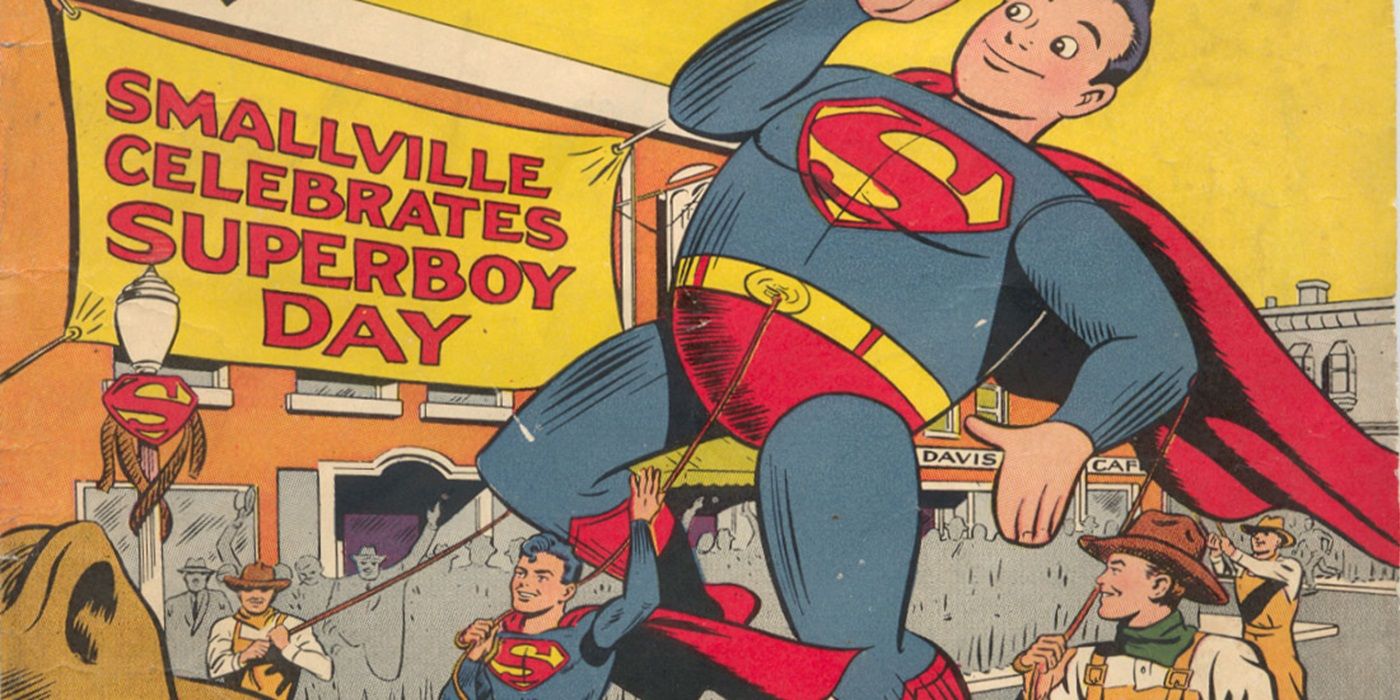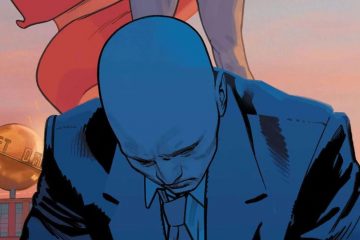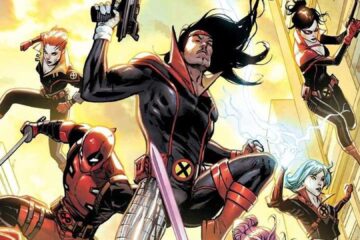In every Look Back, we examine a comic book issue from 10/25/50/75 years ago (plus a wild card every month with a fifth week in it). This time around, we head back to March 1949 to see the first time that Smallville appeared in a comic book. It is hard to quite explain just how big of a deal Superboy was to National Comics (now DC) in the late 1940s. The comic book industry was in a big sales slump, but superhero comics in particular were getting hit HARD. The two biggest superheroes, Superman and Batman, continued to do well, but pretty much everyone else (at both National and other comic book companies) were struggling BADLY. Wonder Woman was almost about to see one of her two comic books turn into a romance comic, Flash had lost his solo series, All-Flash Comics, but then lost his main series, Flash Comics, as well. Green Lantern was almost at the end of his solo series, and had already lost his feature in All-American Comics. Flash, Wonder Woman and Green Lantern had also lost their spots in the quarterly anthology series, Comics Cavalcade. It was a very hard time to be a superhero, and yet, Superboy was actually becoming MORE popular!When Jerry Siegel came up with the idea for Superboy, he really wasn’t thinking any further than the idea that it would be hilarious to have a character with the powers of Superman, but without any of the responsibility. Siegel thought it was a hilarious concept to imagine a super powered kid who would use his powers for pranks, and stuff like that. It’s no surprise that when Siegel was pushed out at DC after trying to regain the copyright to Superman for Joe Shuster and himself, their first post-National superhero was Funnyman, a superhero who…you guessed it, pulls pranks!
In every Look Back, we examine a comic book issue from 10/25/50/75 years ago (plus a wild card every month with a fifth week in it). This time around, we head back to March 1949 to see the first time that Smallville appeared in a comic book.
It is hard to quite explain just how big of a deal Superboy was to National Comics (now DC) in the late 1940s. The comic book industry was in a big sales slump, but superhero comics in particular were getting hit HARD. The two biggest superheroes, Superman and Batman, continued to do well, but pretty much everyone else (at both National and other comic book companies) were struggling BADLY. Wonder Woman was almost about to see one of her two comic books turn into a romance comic, Flash had lost his solo series, All-Flash Comics, but then lost his main series, Flash Comics, as well. Green Lantern was almost at the end of his solo series, and had already lost his feature in All-American Comics. Flash, Wonder Woman and Green Lantern had also lost their spots in the quarterly anthology series, Comics Cavalcade. It was a very hard time to be a superhero, and yet, Superboy was actually becoming MORE popular!
When Jerry Siegel came up with the idea for Superboy, he really wasn’t thinking any further than the idea that it would be hilarious to have a character with the powers of Superman, but without any of the responsibility. Siegel thought it was a hilarious concept to imagine a super powered kid who would use his powers for pranks, and stuff like that. It’s no surprise that when Siegel was pushed out at DC after trying to regain the copyright to Superman for Joe Shuster and himself, their first post-National superhero was Funnyman, a superhero who…you guessed it, pulls pranks!
#Years #Smallville #Comic #Book #Appearance #Superboy #Issue
Note:- (Not all news on the site expresses the point of view of the site, but we transmit this news automatically and translate it through programmatic technology on the site and not from a human editor. The content is auto-generated from a syndicated feed.))



